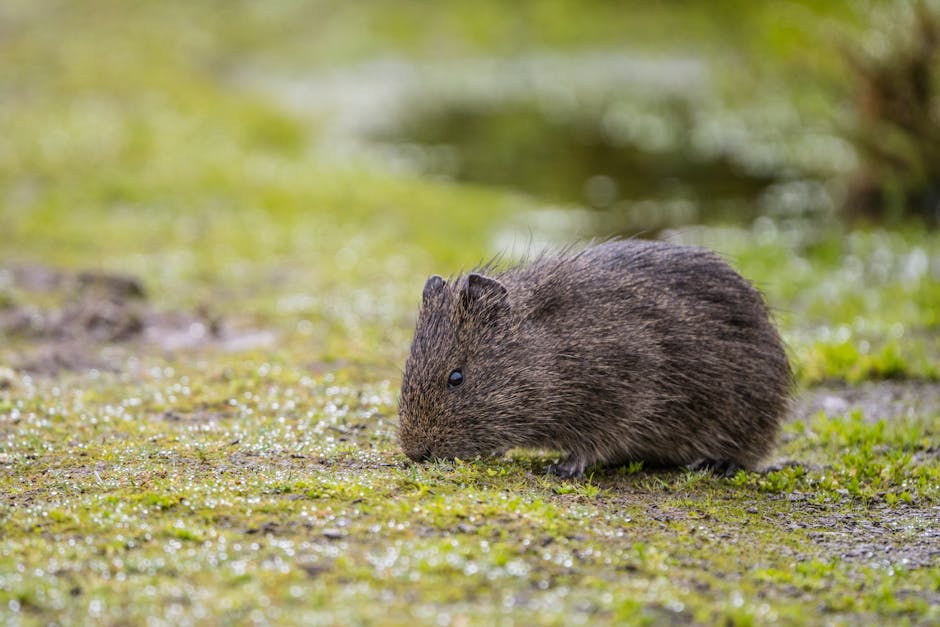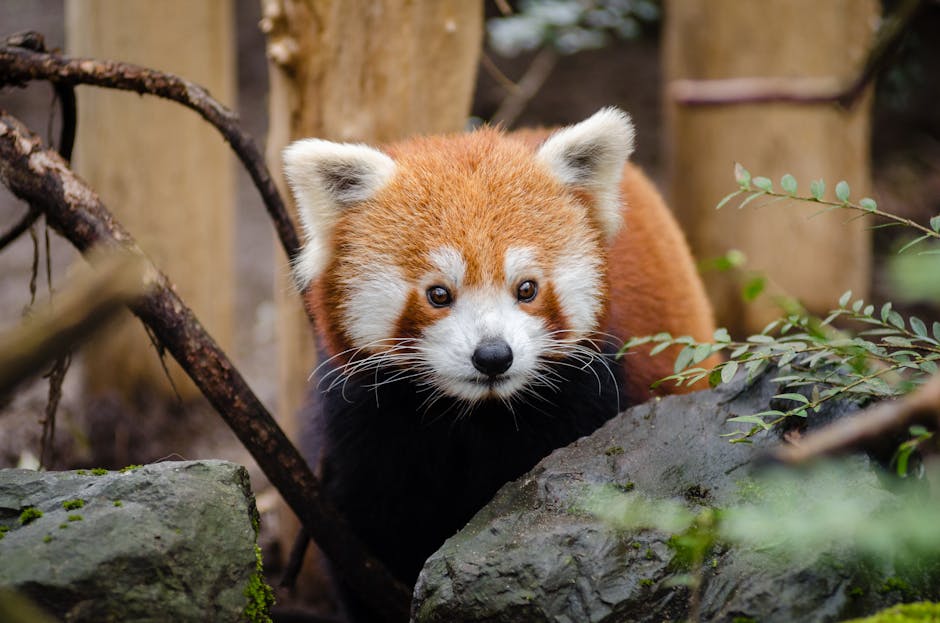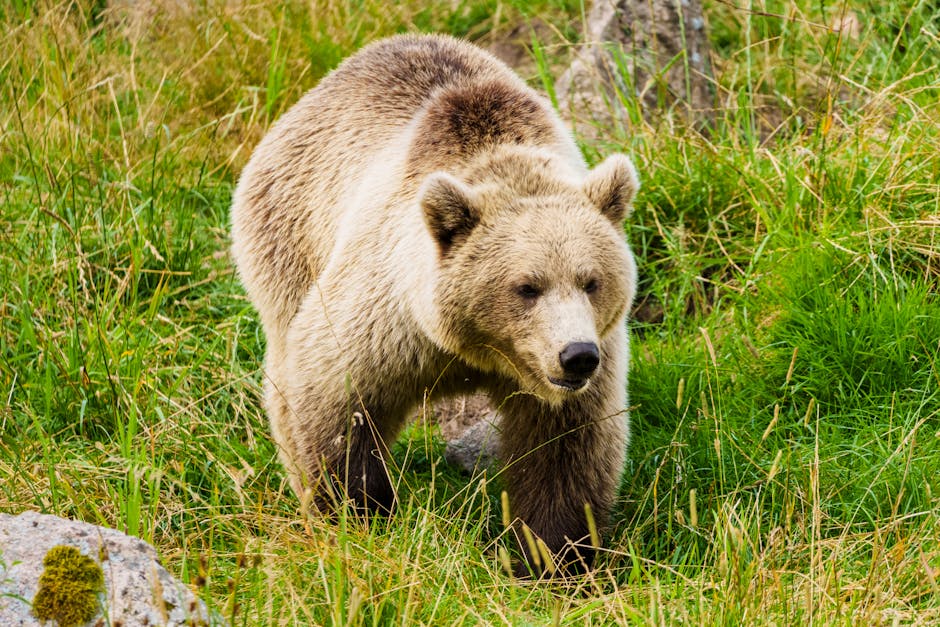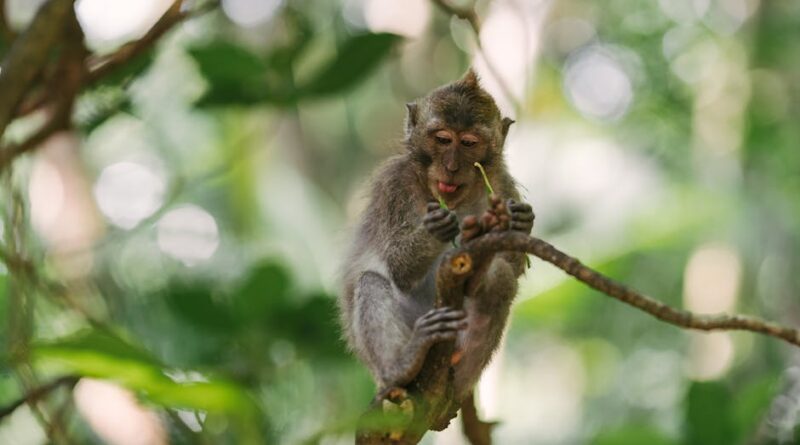Exploring Lesser-Known Species: Unveiling the Hidden Wonders of Nature
When we think of the diverse array of species that inhabit our planet, our minds often conjure up images of majestic lions, graceful dolphins, or colorful butterflies. While these well-known animals rightfully capture our attention and admiration, there exists a whole world of lesser-known species that are equally fascinating and deserving of our interest. In this article, we will embark on a journey of discovery to explore the hidden wonders of nature, shedding light on the unique and extraordinary creatures that often go unnoticed. Join us as we delve into the realm of lesser-known species and uncover the beauty and complexity of the natural world.
The Importance of Biodiversity

Before we delve into the world of lesser-known species, it is essential to understand the importance of biodiversity. Biodiversity refers to the variety and variability of life forms on Earth, encompassing all living organisms, from microscopic bacteria to towering trees. Biodiversity is crucial for maintaining the health and stability of ecosystems, as each species plays a unique role in the intricate web of life.
While charismatic species such as elephants and whales often receive the spotlight, lesser-known species are equally vital for ecosystem functioning. These unsung heroes contribute to essential ecological processes such as pollination, seed dispersal, and nutrient cycling. By exploring lesser-known species, we gain a deeper appreciation for the interconnectedness of all life forms and the delicate balance that sustains our planet.
Uncovering Hidden Gems: Lesser-Known Species Around the World

As we venture into the realm of lesser-known species, we encounter a treasure trove of unique and fascinating creatures that are often overshadowed by their more famous counterparts. From the depths of the ocean to the soaring heights of the mountains, lesser-known species can be found in every corner of the globe, waiting to be discovered.
1. Axolotl
The axolotl, also known as the Mexican walking fish, is a critically endangered amphibian that holds a special place in the hearts of biologists and nature enthusiasts. Native to the ancient water systems of Mexico, the axolotl is renowned for its remarkable ability to regenerate lost limbs and organs, a trait that has fascinated scientists for decades.
2. Pangolin
The pangolin is often referred to as the world’s most trafficked mammal, yet many people are unaware of its existence. With its unique scaly armor and elongated tongue for slurping up ants and termites, the pangolin is a fascinating creature that plays a vital role in insect control in its native habitats of Africa and Asia.
3. Aye-Aye
Found only in the forests of Madagascar, the aye-aye is a peculiar-looking primate with large, round eyes and a slender, elongated middle finger used for extracting insects from tree bark. Despite its unusual appearance, the aye-aye is a master of its environment, showcasing the incredible diversity of nature’s creations.
Conservation Challenges and Opportunities

While exploring the world of lesser-known species unveils a wealth of biodiversity, it also highlights the pressing conservation challenges that many of these creatures face. Habitat loss, climate change, poaching, and invasive species are just a few of the threats that endanger the survival of lesser-known species around the world.
Conservation efforts play a crucial role in protecting these vulnerable creatures and ensuring their continued existence for future generations to appreciate. By raising awareness, supporting conservation initiatives, and advocating for sustainable practices, we can help safeguard the rich tapestry of life that encompasses lesser-known species.
Scientific Discoveries and Innovations

The study of lesser-known species not only enriches our understanding of the natural world but also fuels scientific discoveries and innovations that benefit society as a whole. From bioinspired technologies inspired by nature’s designs to new medical breakthroughs derived from unique species, the exploration of lesser-known species holds immense potential for driving progress and innovation.
For example, the slime produced by the hagfish, a lesser-known marine creature, has inspired the development of a sustainable alternative to plastic. By mimicking the hagfish’s natural defense mechanism, scientists have created a biodegradable material that shows promise for reducing plastic pollution and environmental impact.
The Future of Exploration
As we continue to unravel the mysteries of the natural world, the exploration of lesser-known species offers endless opportunities for discovery and wonder. By shining a spotlight on these hidden gems of biodiversity, we can gain valuable insights into the complexity and resilience of life on Earth, inspiring us to protect and preserve the delicate balance of nature.
Whether it’s the elusive species lurking in the depths of the ocean or the rare creatures hidden in remote rainforests, each lesser-known species has a story to tell and a role to play in the grand tapestry of life. By embracing curiosity, fostering conservation efforts, and celebrating the diversity of life, we can ensure that the wonders of lesser-known species continue to captivate and inspire us for generations to come.
Conclusion
To wrap things up, exploring lesser-known species is not just a journey of discovery; it is a testament to the resilience, diversity, and beauty of the natural world. By delving into the hidden wonders of nature, we gain a deeper appreciation for the intricate web of life that sustains our planet and enriches our lives in ways we may never fully comprehend.
As we marvel at the extraordinary adaptations, behaviors, and ecosystems of lesser-known species, let us remember the importance of conservation, education, and advocacy in safeguarding these precious treasures for future generations. Through our collective efforts, we can ensure that the wonders of lesser-known species continue to inspire, educate, and amaze us for years to come.




